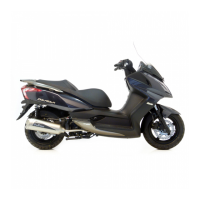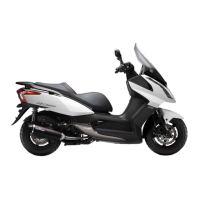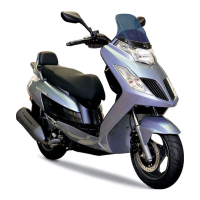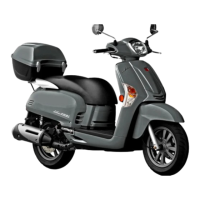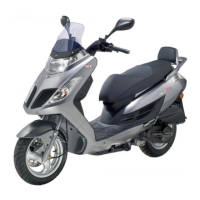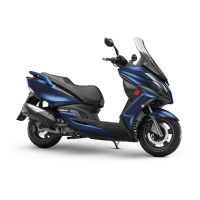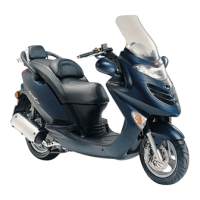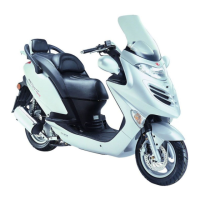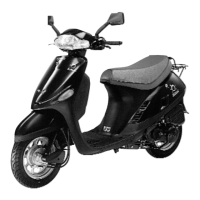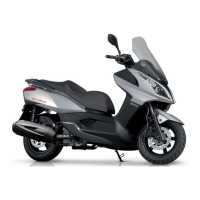
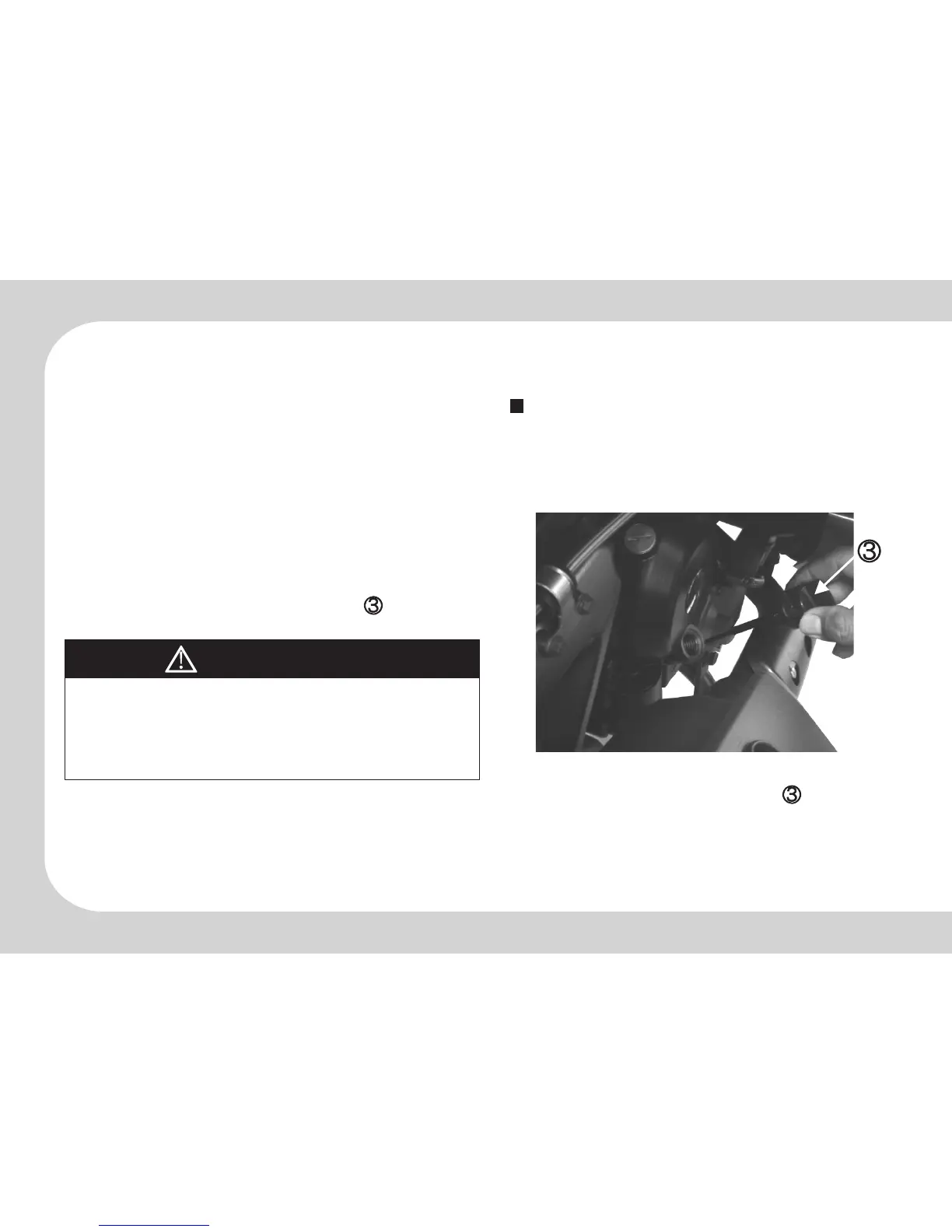 Loading...
Loading...
Do you have a question about the KYMCO Downtown 200i and is the answer not in the manual?
| Fuel System | Electronic Fuel Injection |
|---|---|
| Front Suspension | Telescopic Fork |
| Starting System | Electric |
| Rear Tire | 150/70-13 |
| Transmission | CVT |
| Rear Suspension | Dual shocks |
| Front Brake | Disc |
| Rear Brake | Disc |
| Front Tire | 120/14 |
| Wheelbase | 1, 550 mm |
Offers essential safety tips for riding, including helmet use, visibility, and riding conditions.
Details necessary protective gear such as helmets, eye protection, boots, and gloves for rider safety.
Explains the functions and positions of the scooter's ignition switch.
Describes the functions of the odometer, speedometer, tachometer, and other dashboard indicators.
Explains the meaning of the CELP, oil service, and low battery voltage indicators.
Details the functions of the headlight switch, electric starter, and engine stop switch.
Explains the operation of the turn signal switch and the horn button.
Guides on checking fuel level, refilling the tank, and recommended fuel type.
Outlines a critical pre-ride inspection procedure to ensure the scooter's safe operating condition.
Provides instructions on the correct steps to start the scooter's engine safely.
Emphasizes the essential role of proper maintenance for safe, economical, and trouble-free riding.
Covers engine oil recommendations, viscosity, and the procedure for checking oil level.
Details the step-by-step process for changing the engine oil, including capacity.
Instructs on checking the brake fluid level and inspecting for leaks or wear.
